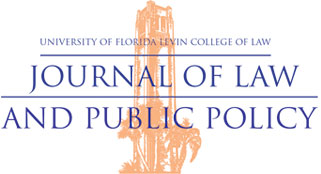
Abstract
New York Times Co. v. Sullivan is a landmark Supreme Court decision that significantly expanded protection for the press under the First Amendment by limiting public officials’ ability to sue for defamation. The ruling established the “actual malice” standard, requiring public officials to prove that defamatory statements were made with knowledge of their falsity or with reckless disregard for the truth. In recent years, Justice Thomas has repeatedly criticized Sullivan, arguing that the decision is more a product of judicial policymaking than of constitutional interpretation, with minimal grounding in the text or history of the First or Fourteenth Amendments. Other Justices have also raised concerns about the broad application of the actual malice standard to contexts beyond its original scope, including its extension to individuals who are not public officials. Justice Gorsuch, in particular, has voiced objections rooted in the modern media landscape. He contends that the rise of digital media has dramatically amplified the spread of misinformation, and the actual malice standard, as applied today, hinders efforts to hold individuals accountable for spreading false information. This, Gorsuch argues, undermines the public’s access to reliable information, threatening the democratic process. This Note delves into Justice Gorsuch’s critique, exploring how the digital era has reshaped the public square and examining the role of misinformation on social media in eroding democratic norms.
With several Justices expressing concerns about Sullivan, many observers have speculated that the Court’s reference to First Amendment jurisprudence in the Bruen decision signaled an intent to use history and tradition to revisit Sullivan and its progeny. The second part of this Note examines whether the Court is likely to overturn Sullivan by applying the stare decisis factors outlined in Dobbs, the same framework used to overturn Roe and Casey.
The third section of this Note evaluates the likelihood that the Court will revisit Sullivan. H.W. Perry identifies three key factors that are likely to influence the Court’s decision to overturn a precedent: (1) whether the case provides a suitable vehicle to advance the Court’s desired doctrinal direction; (2) whether there are enough votes to secure a decision on the merits; and (3) whether the issues with the actual malice standard are significant enough for the Court to feel compelled to overturn Sullivan and its extensions. Notably, the Court’s willingness to revisit Sullivan is unlikely to be deterred by its long-standing precedent, as the Court has recently overturned well-established decisions in areas such as abortion rights, affirmative action, and gun control. This trend underscores the influence of the Court’s conservative majority, which could grow even stronger. Consequently, if the Court were able to secure the votes to overturn Sullivan, the moment to act would likely be now.
Recommended Citation
Detjen, Skylar Tess Ivey
(2025)
"Will the Court use Dobbs to Overturn Sullivan? Revisiting the Sullivan Decision in the Age of Digital Media,"
University of Florida Journal of Law & Public Policy: Vol. 35:
Iss.
2, Article 4.
Available at:
https://scholarship.law.ufl.edu/jlpp/vol35/iss2/4